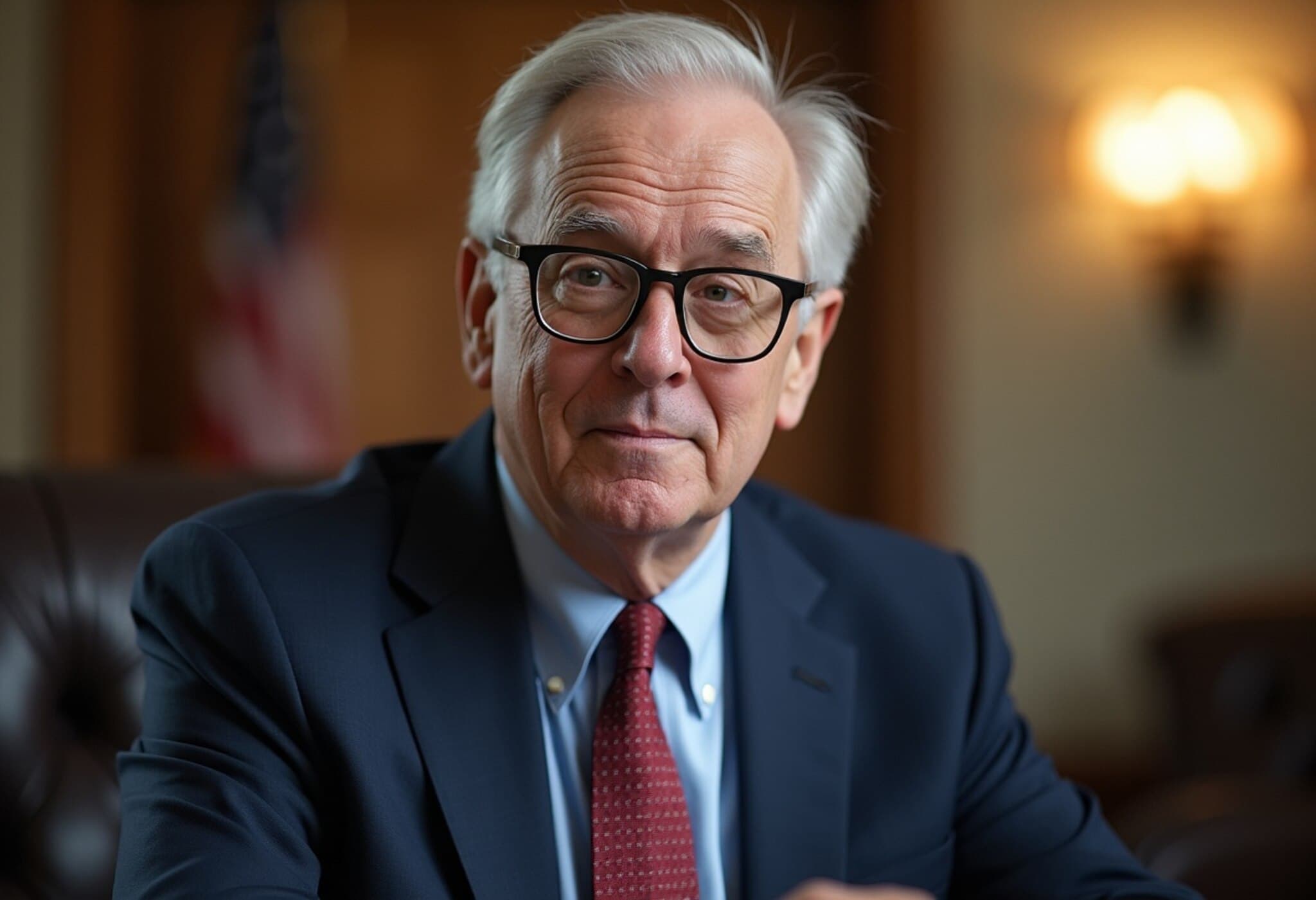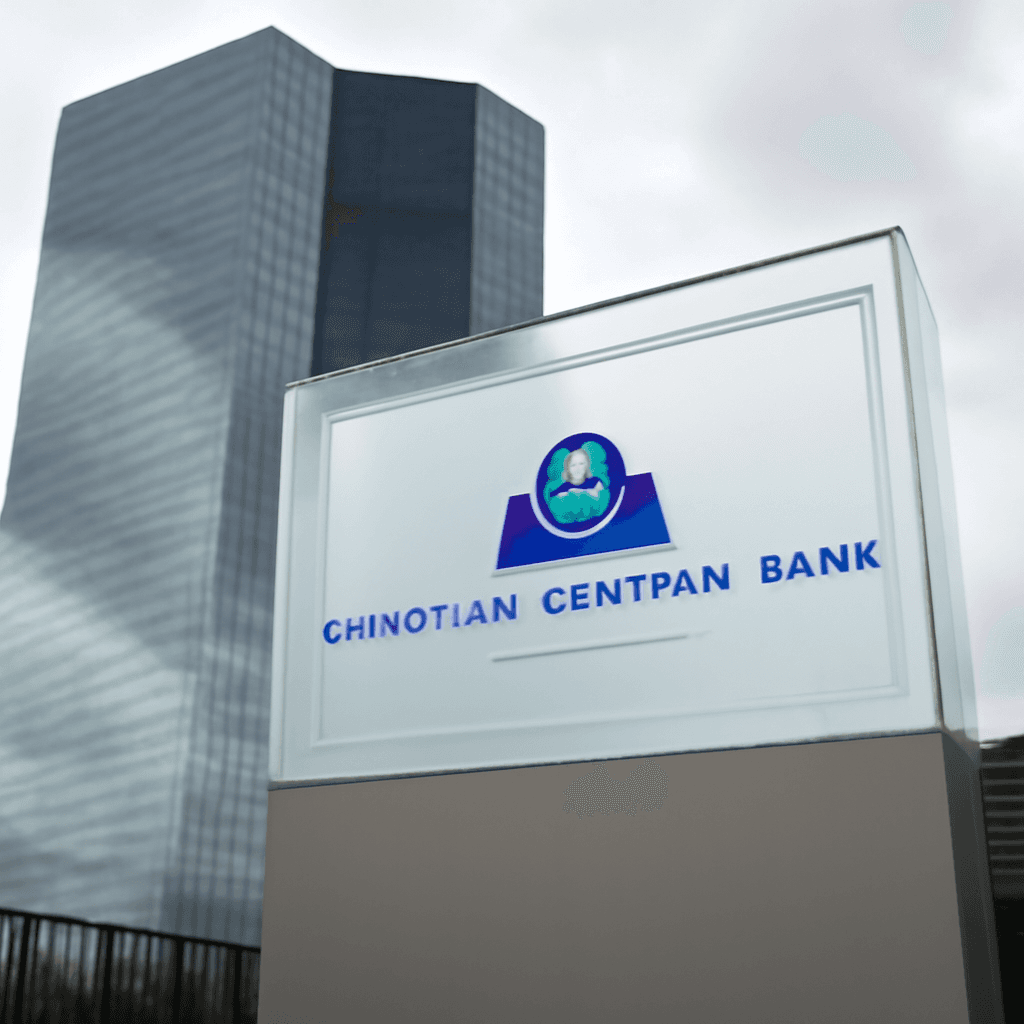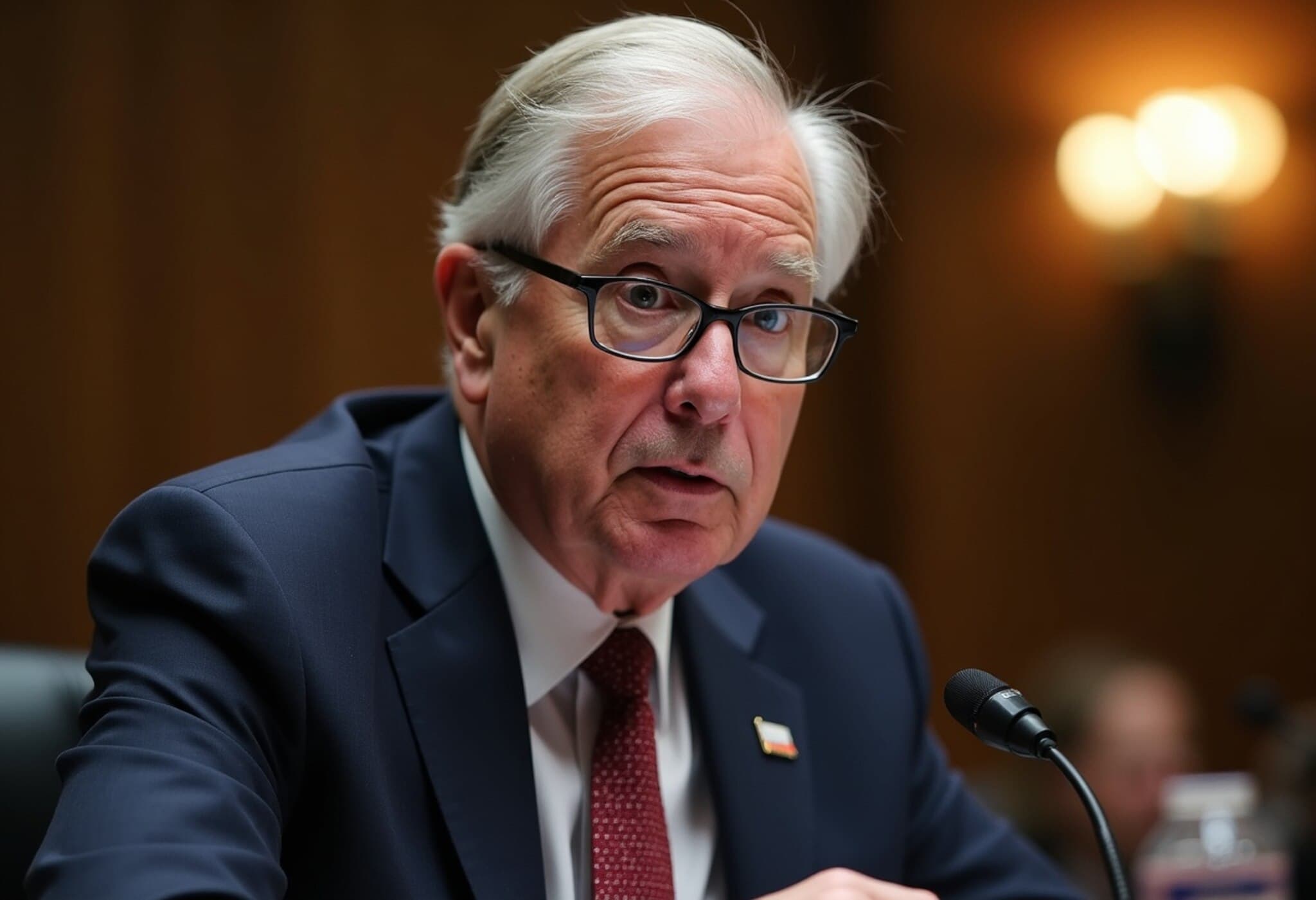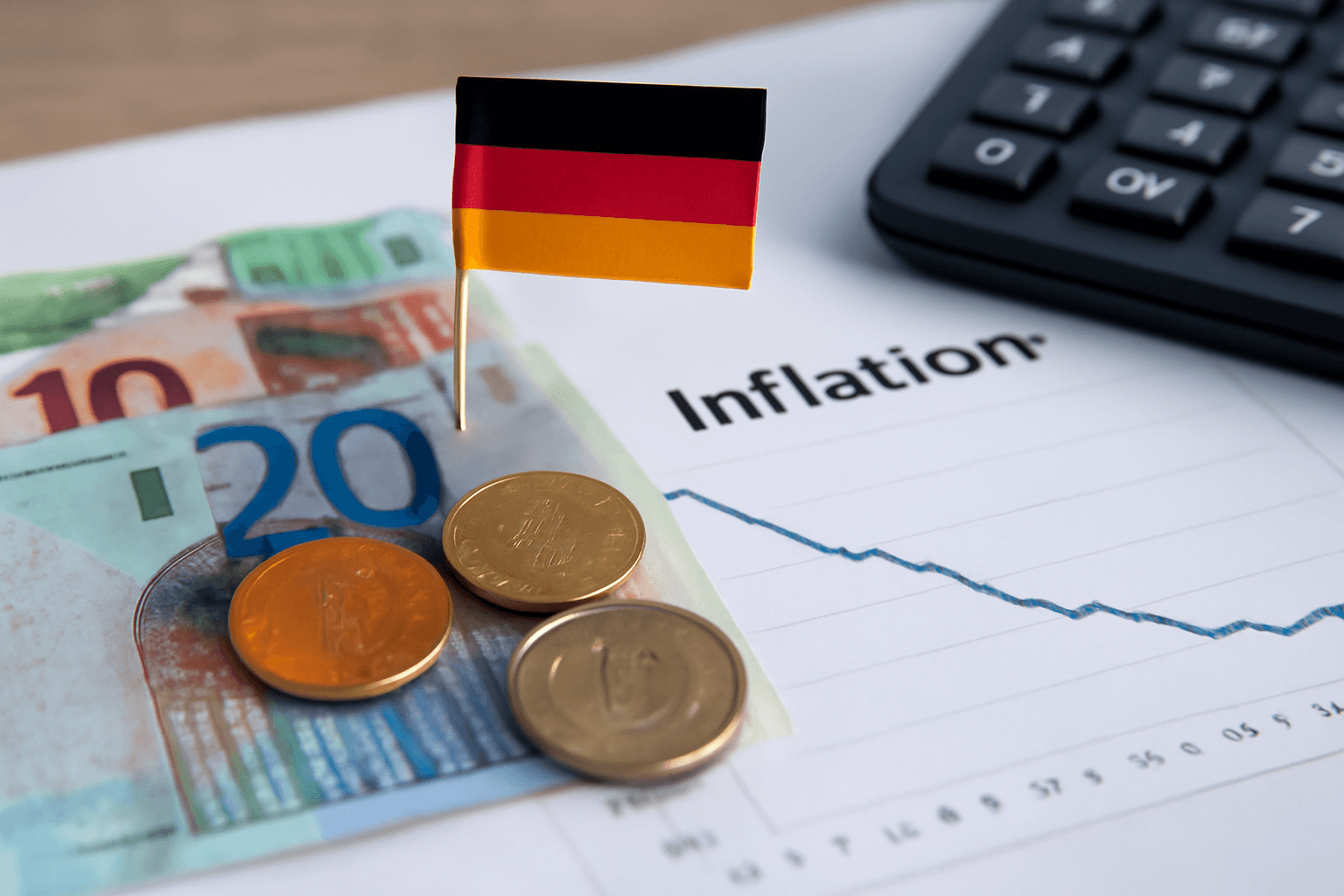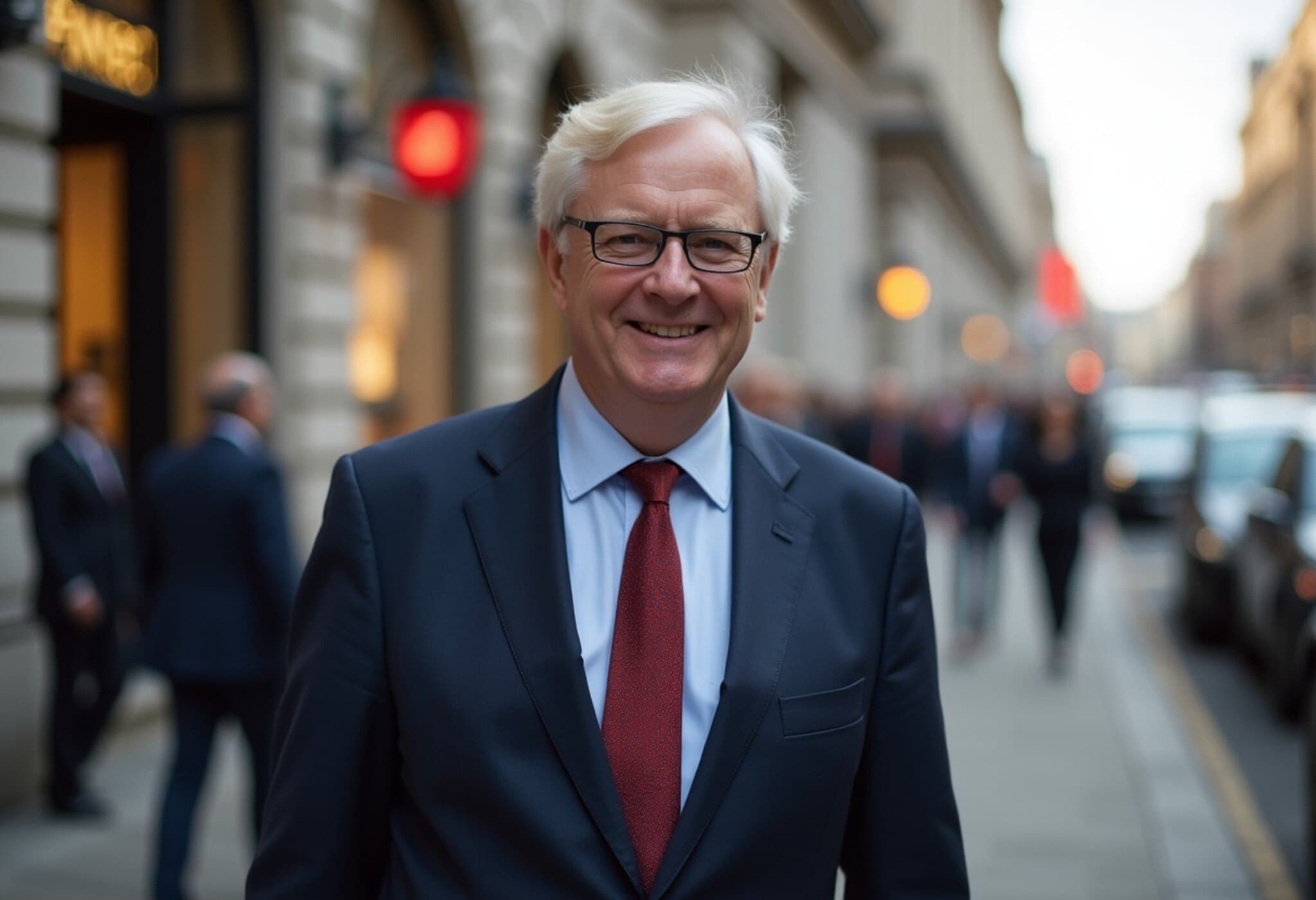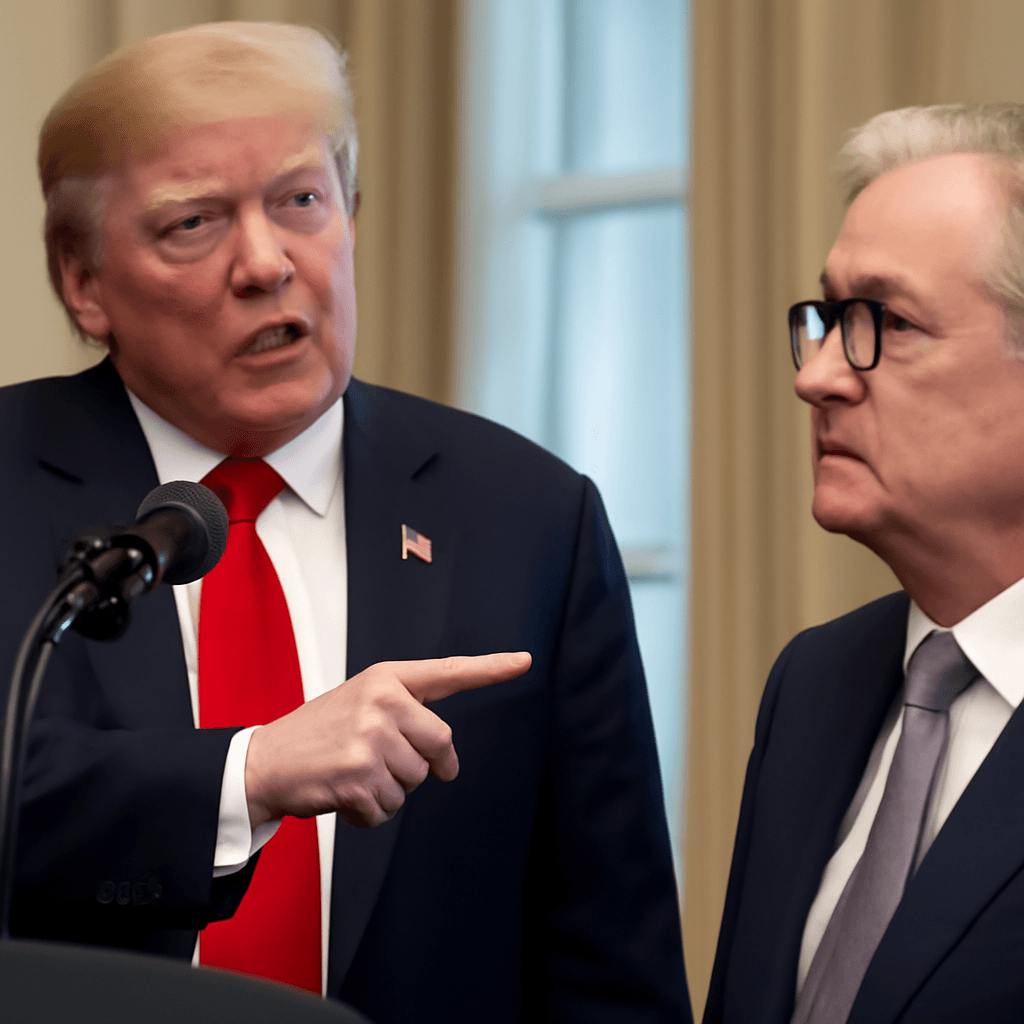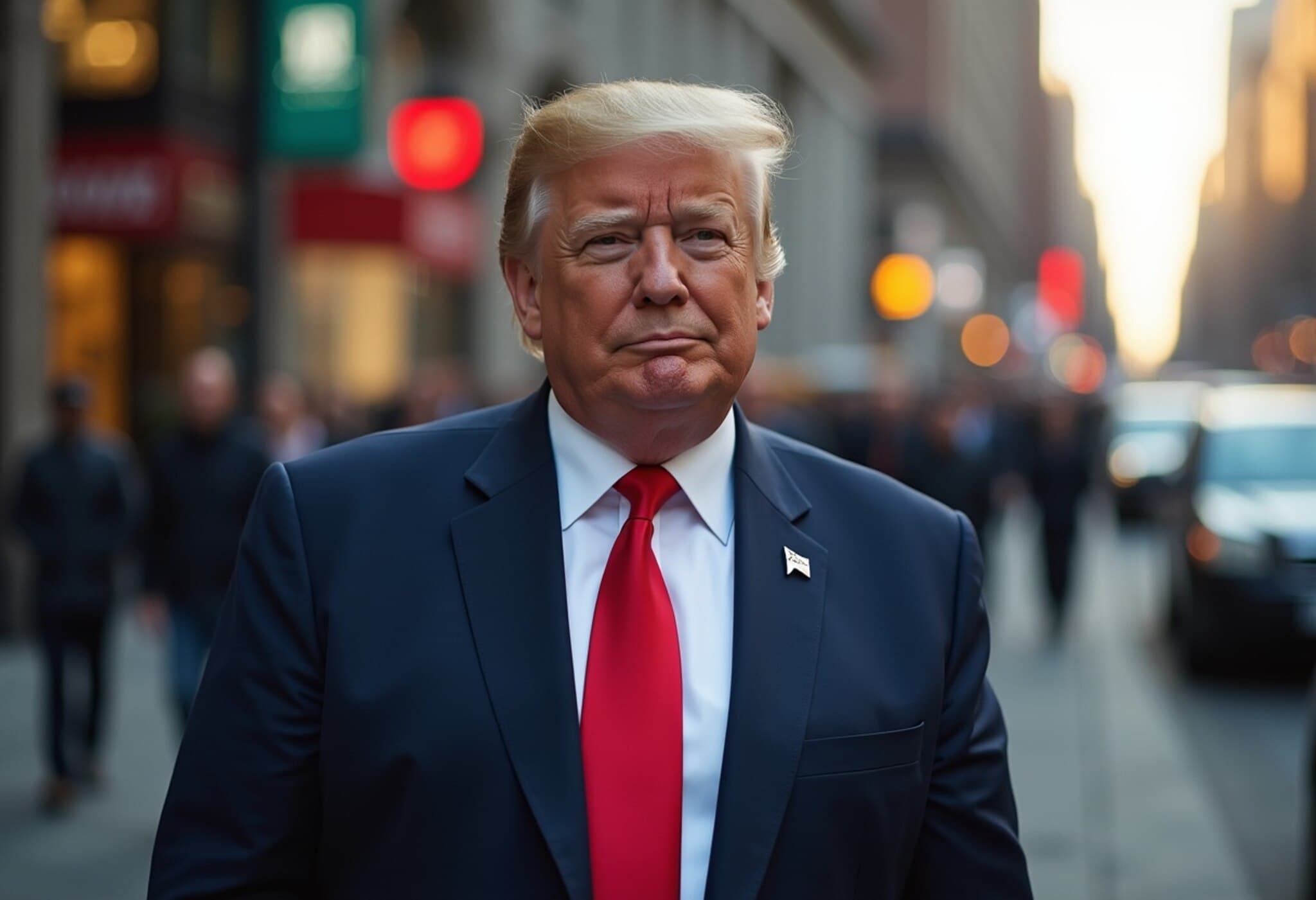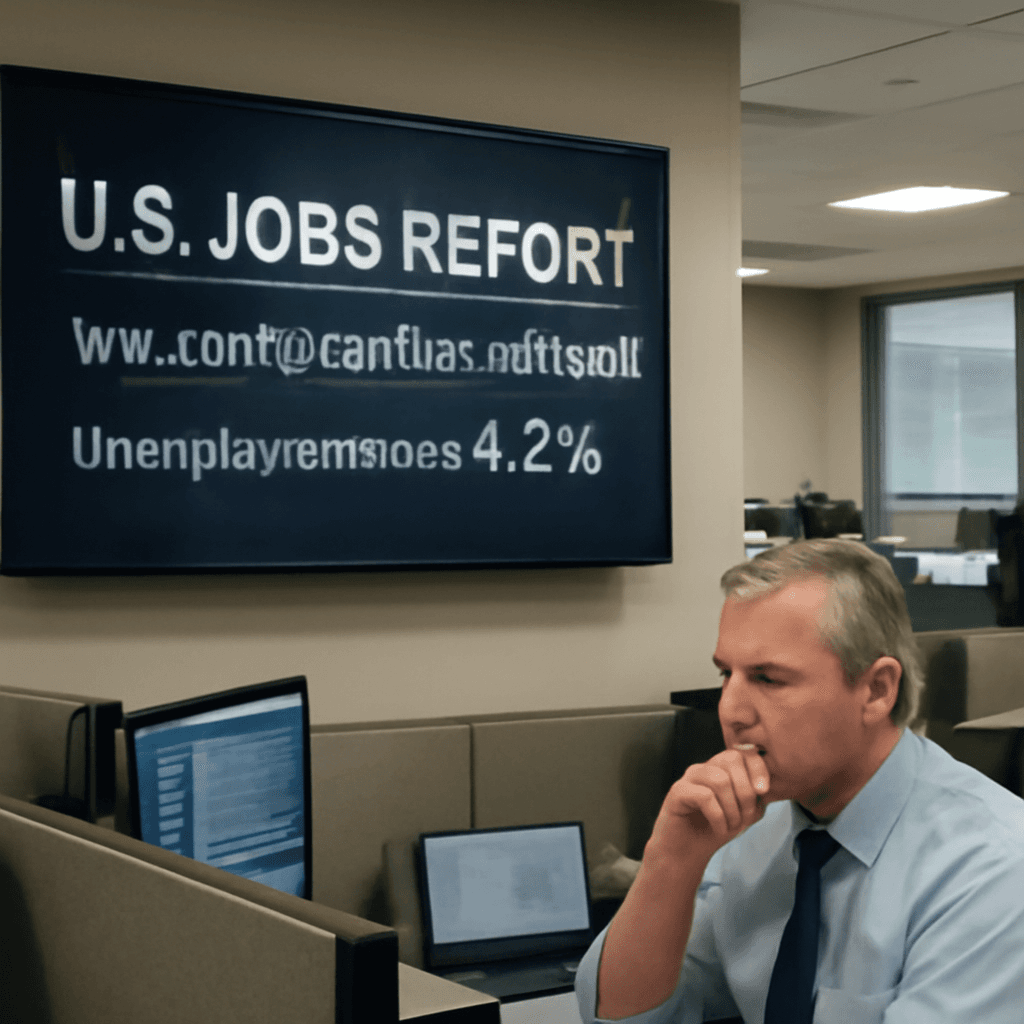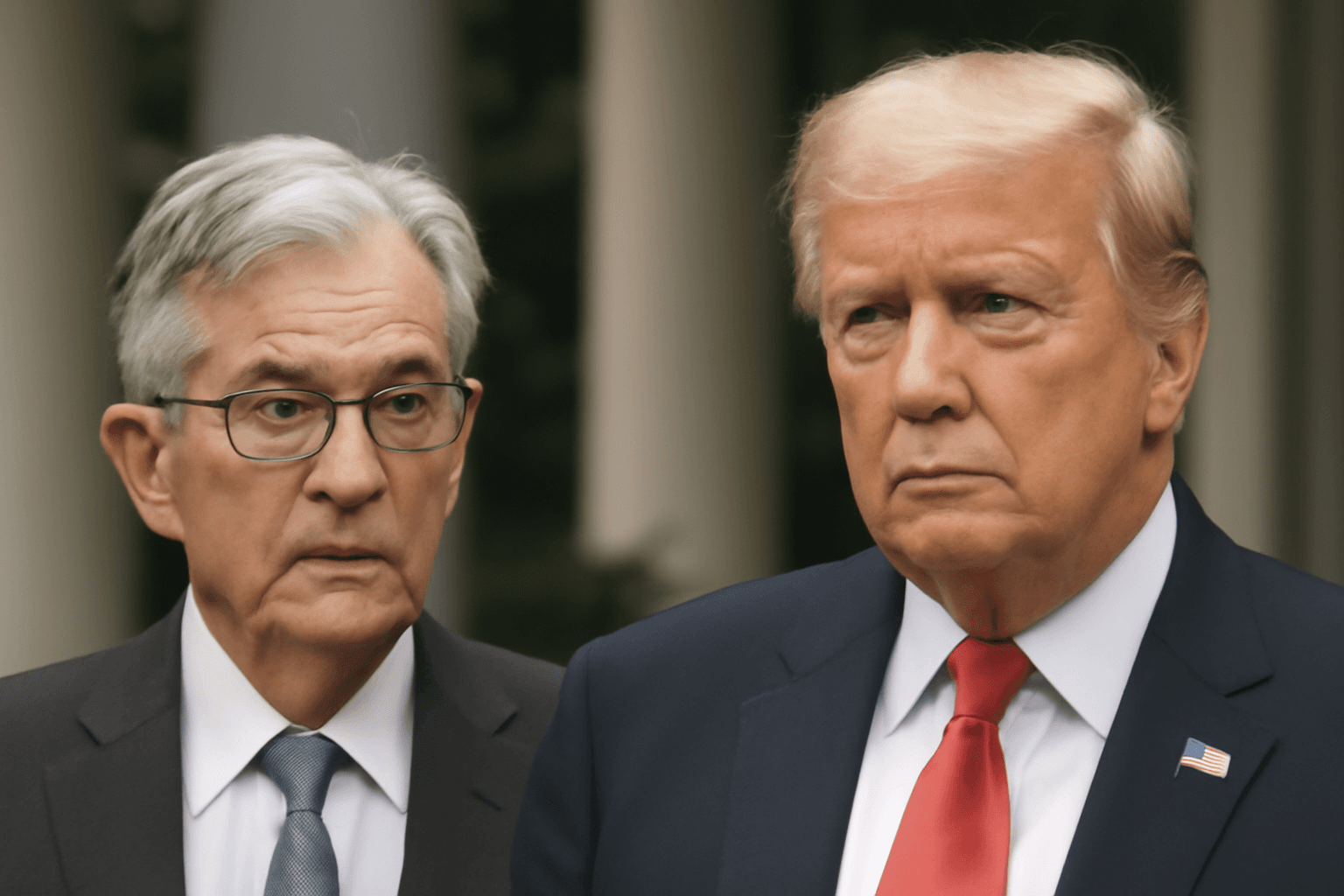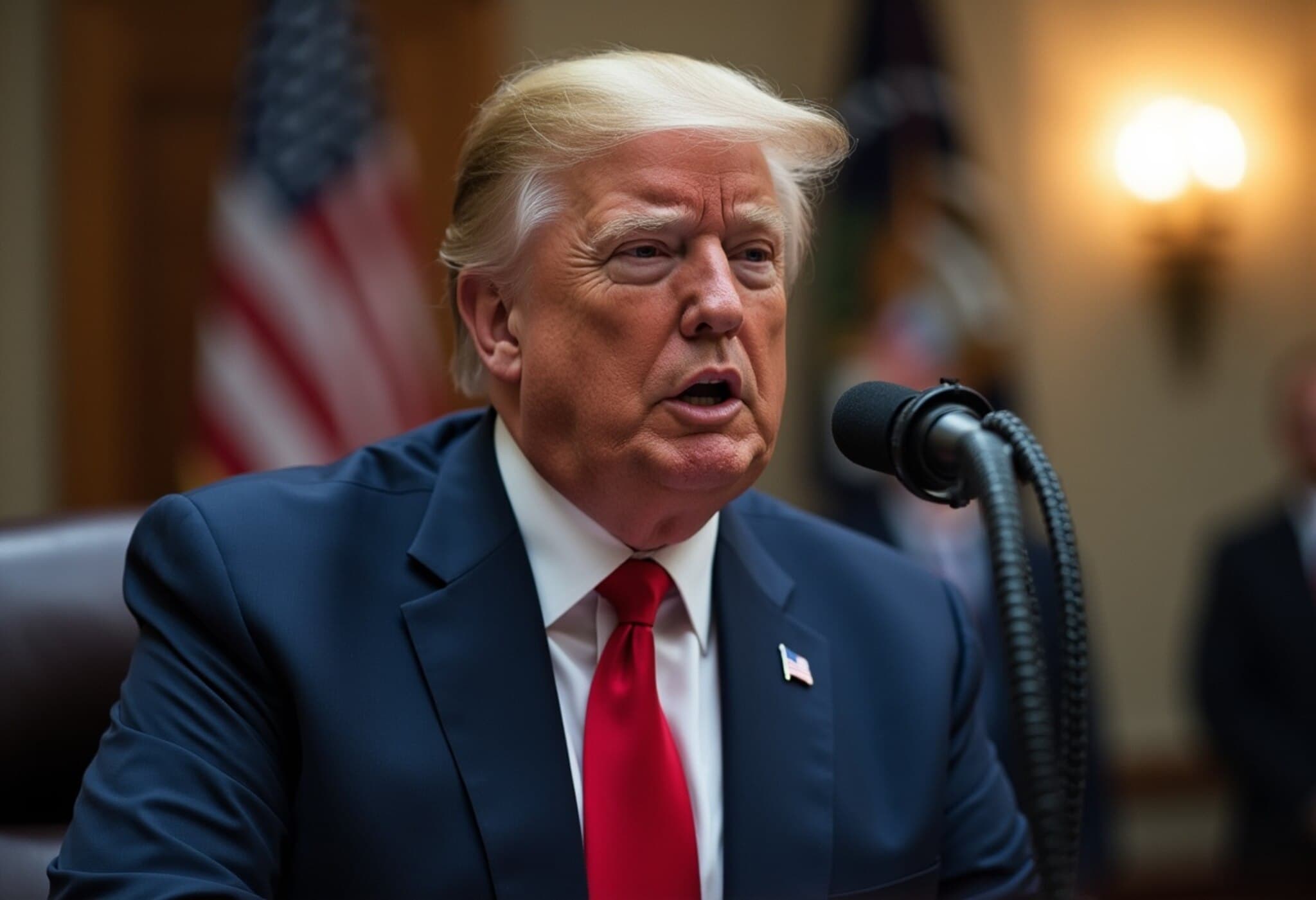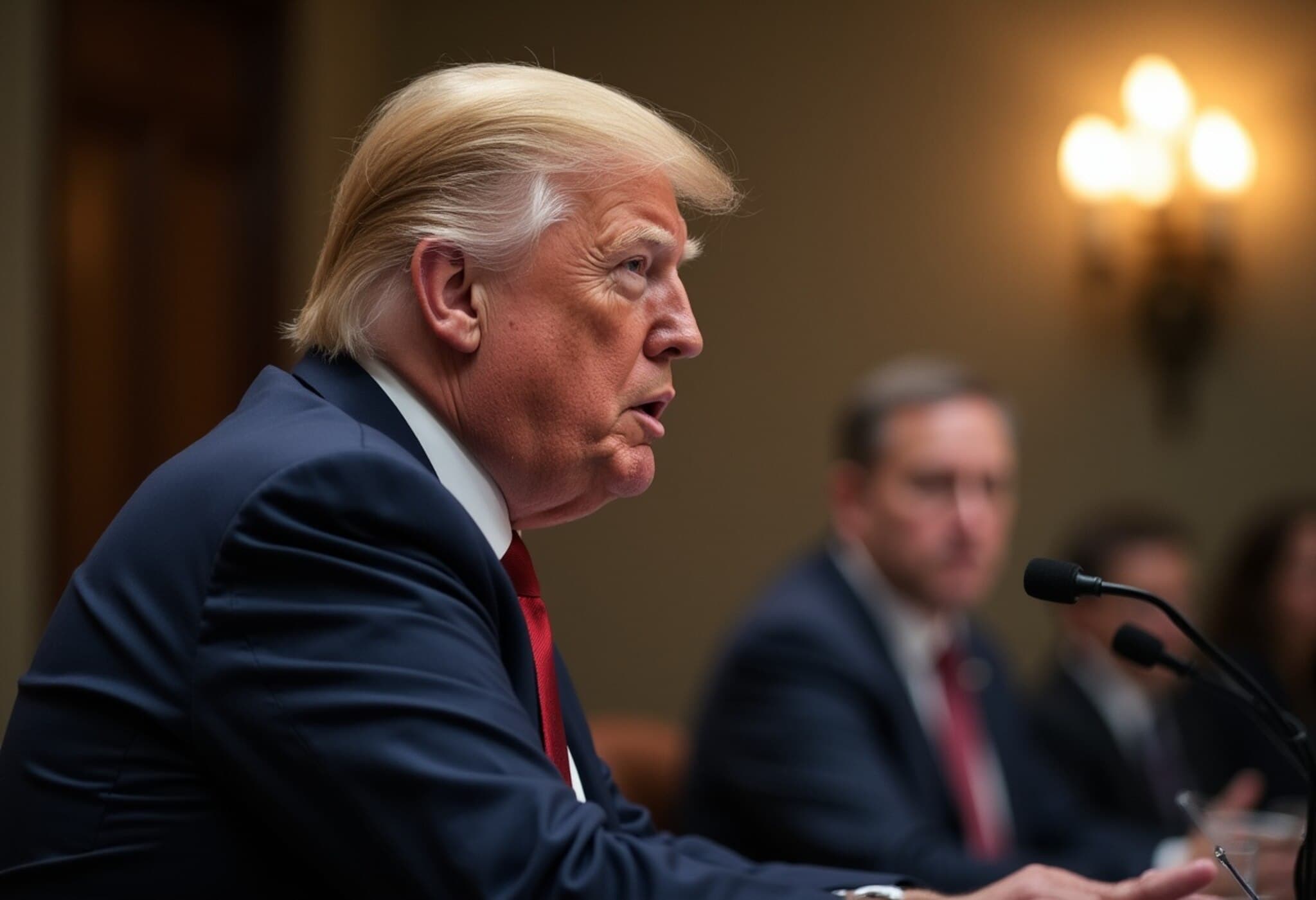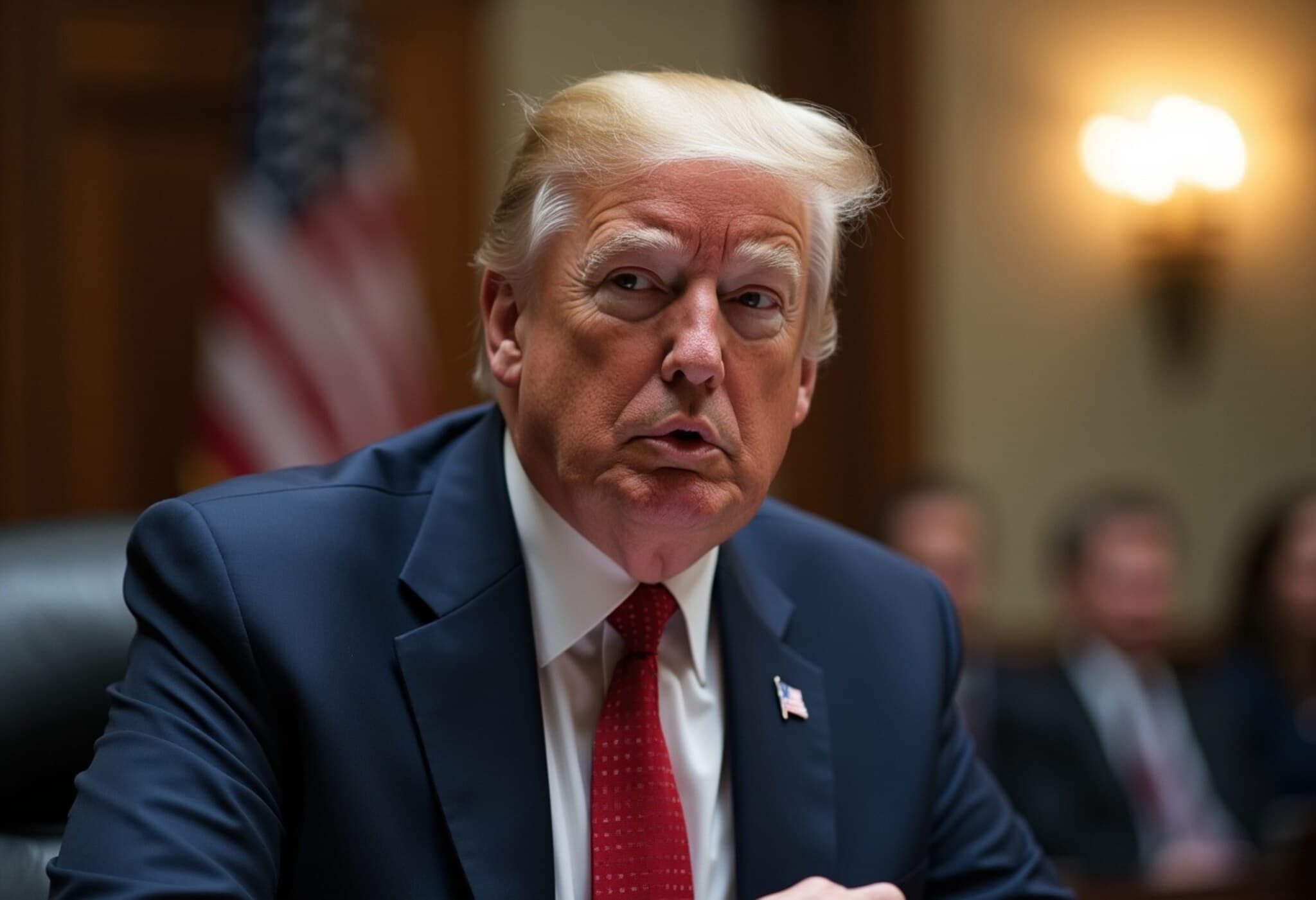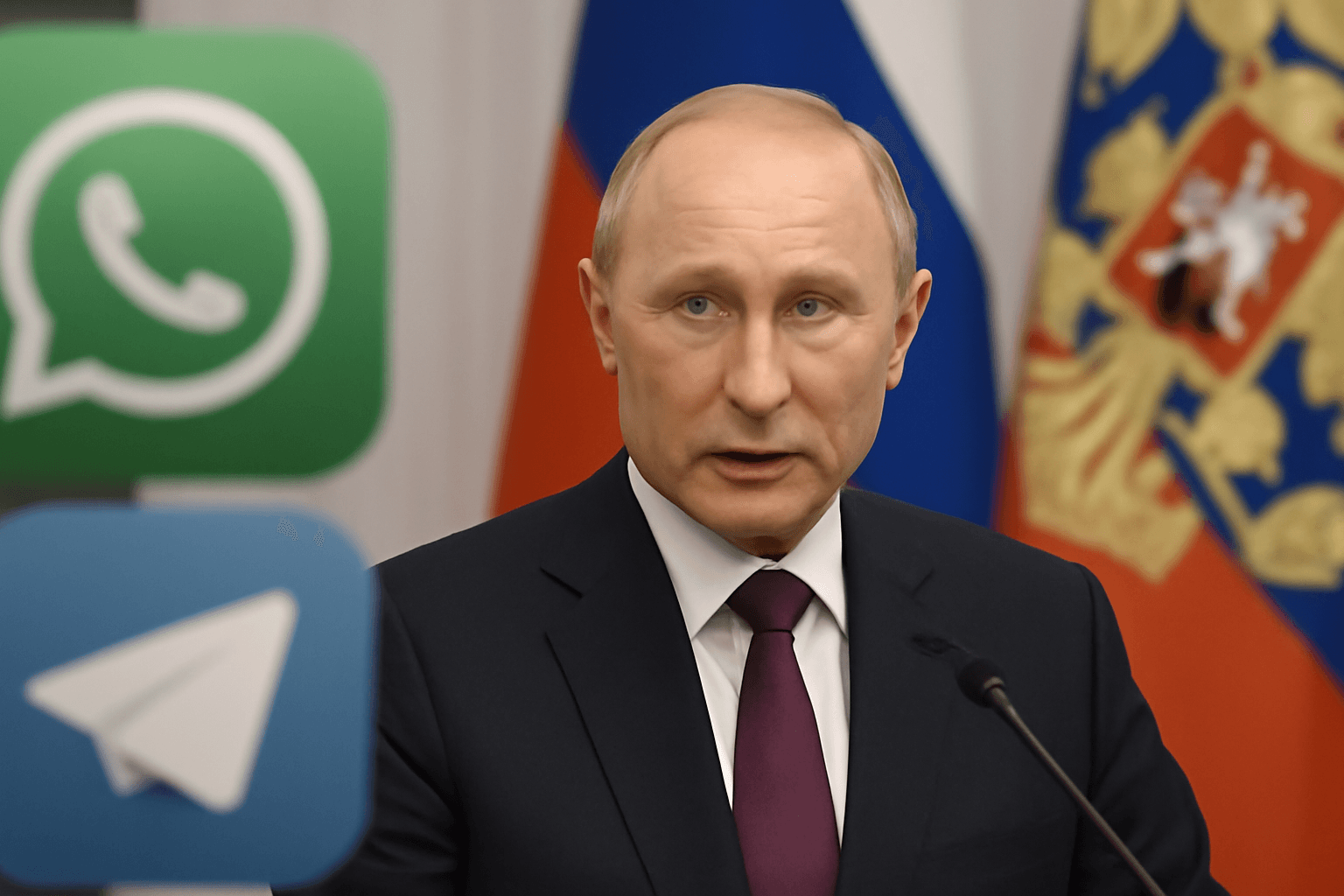Marc Sumerlin Enters Federal Reserve Chair Race with Bold Rate Cut Proposal
Economist Marc Sumerlin, recognized for his expertise and previous tenure under President George W. Bush, has publicly confirmed he is exploring the opportunity to become the next Chair of the Federal Reserve. In a notable interview with CNBC on Thursday, Sumerlin expressed confidence that a significant interest rate reduction—specifically a 50 basis point cut—would be both feasible and beneficial under current economic conditions.
50 Basis Point Cut: A Practical Step According to Sumerlin
Sumerlin outlined that prevailing market indicators, including a weakened labor market and controlled inflation, create an environment conducive to easing monetary policy. To put it simply, a 50 basis point cut means slashing the federal funds rate by half a percentage point, which Sumerlin described as a "no-brainer" given the circumstances.
"We could easily do a 50 basis point cut ... without disrupting anything at all," he said. This stance places him broadly aligned with President Biden's push for more accommodative monetary policy, who has advocated for aggressive rate reductions to foster economic growth. However, Chair Jerome Powell and the Federal Open Market Committee have maintained a more cautious approach, holding rates steady since their last cut in December 2024.
Backstory and Connections: Insights into the Fed Chair Selection Process
Speaking candidly, Sumerlin revealed that he was contacted by the White House recently and informed he would be among a select list of candidates considered for the Fed chairmanship. He attributes a close working relationship with Treasury Secretary Scott Bessent—his friend and frequent monetary policy interlocutor—as instrumental in positioning him for this role.
"I got a call last Wednesday that said there was going to be a list and I was going to be on it. That's as much as I know right now," Sumerlin said. While enthusiastic about the opportunity, he emphasized that accepting the role hinges on a shared vision with the President.
Contending with Political Pressures and Upholding Fed Independence
In the current hyper-politicized climate surrounding the Federal Reserve, preserving the institution's independence emerges as a central theme in Sumerlin's approach. The Fed's autonomy has faced unprecedented scrutiny, particularly from former President Trump, who has publicly lambasted Chair Powell and his colleagues in sharp terms.
"You have to go into it knowing every day you're going to face criticism and be prepared to deal with that," Sumerlin reflected. He stressed the necessity of mutual alignment between the President and the Fed chair to effectively navigate the complexities of monetary policy.
Broader Context: The Competitive Field for Fed Leadership
Sumerlin’s candidacy is among several other potential successors, including current Federal Reserve Governors Michelle Bowman and Christopher Waller, National Economic Council Director Kevin Hassett, and former Governor Kevin Warsh. The decision will be watched closely by markets, policymakers, and economists alike, given the Federal Reserve's central role in steering the U.S. economy through ongoing challenges.
Expert Analysis: Why Sumerlin’s Perspective Matters Now
Sumerlin’s proposal for a sizeable rate cut stands out in today's environment marked by inflation that remains stubbornly near target levels but accompanied by signs of cooling labor markets and slowing growth. From a policy standpoint, his approach signals a readiness to pivot towards stimulative measures more aggressively than currently adopted. This could provide relief to borrowers and stimulate economic activity, yet also raises questions about timing and potential inflationary resurgence.
Additionally, his emphasis on Fed independence addresses growing public concern about political interference in monetary decisions, a topic gaining traction especially in light of recent outspoken criticisms from political figures. Maintaining that balance is crucial for preserving market confidence and the Fed’s credibility.
Looking Ahead: The Road to the Fed Chair Nomination
As the Biden administration advances its selection process, candidates like Sumerlin will need to articulate a clear vision that balances economic growth, inflation control, and the institutional integrity of the Fed. The final decision will not only shape U.S. monetary policy but also influence global financial markets.
Key Questions to Watch
- Will Sumerlin's aggressive rate cut approach gain traction among policymakers?
- How will the Fed navigate political pressures while safeguarding its independence?
- What economic indicators will ultimately drive the new chair’s policy priorities?
Editor's Note
Marc Sumerlin’s entrance into the Fed chair race highlights an ongoing debate within U.S. economic policymaking: the timing and scale of monetary easing amid fluctuating economic signals. His candid acknowledgment of the political intricacies intertwined with Fed leadership adds a human dimension often overlooked in financial reporting. As the cycle of monetary policy evolves, stakeholders—from everyday Americans to global investors—face a critical juncture where expert judgment and institutional autonomy could define economic outcomes for years to come.

